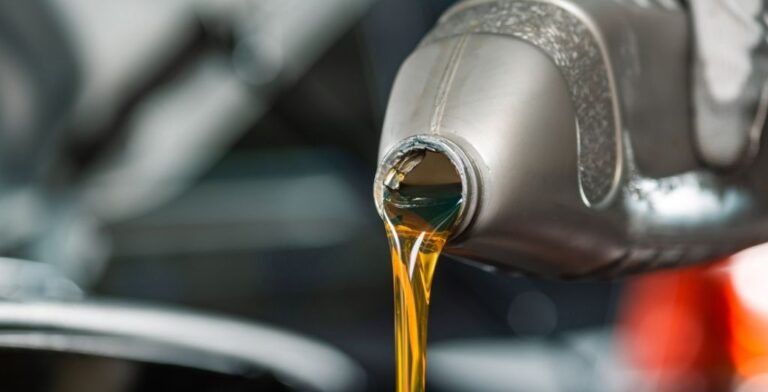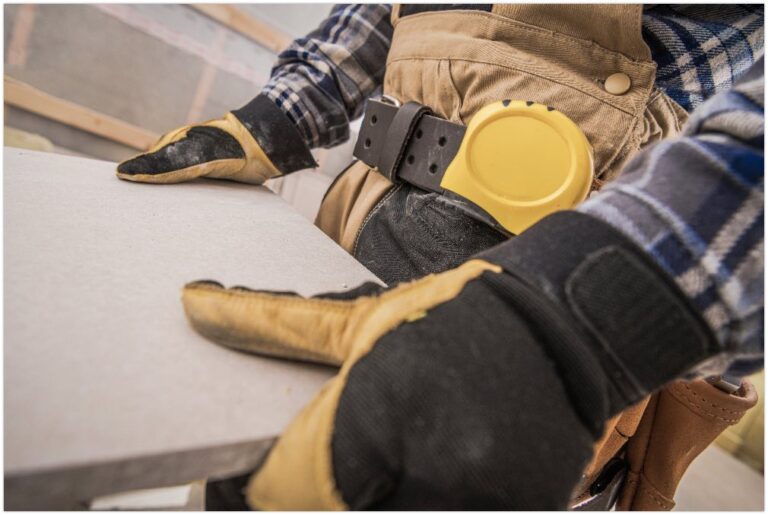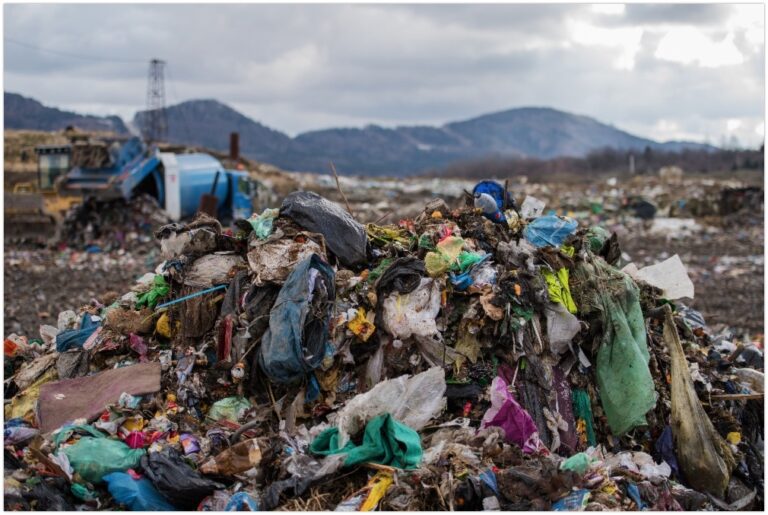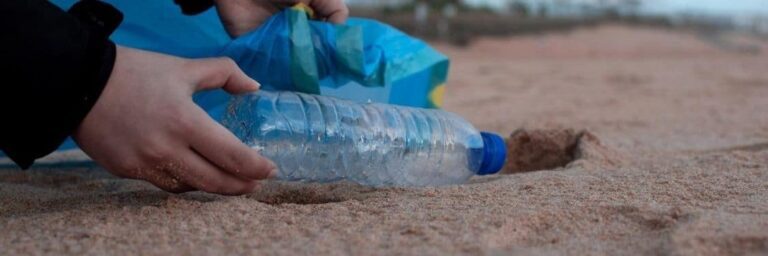Do not Litter.
We see these words in schools, parks, and almost any street. And yet litter in the form of candy wrappers, beer cans, and plastic bags remain ever-present in places where people frequent—as if a badge saying, “I’ve been here.”
Unfortunately, littered rubbish won’t always stay in that seemingly vacant alley where you threw it. Rainwater and the wind will take it to canals, drains, and, eventually, the oceans. In fact, 14 million tons of plastic pollute our bodies of water and threaten marine life yearly.
If this isn’t enough to change your stand on throwing away rubbish irresponsibly, here are 30 littering facts that will surprise and make you think twice before secretly dropping that wrapper you’re holding onto.
Related: Top 8 Commercial and Residential Rubbish Facts of 2020
1. Littering is illegal
If you’ve been littering for some time now but managed to get away with it, know that you’ll be caught sooner or later as Australia strengthens anti-littering laws.
For instance, Western Australia’s Litter Act 1979 grants the Keep Australia Beautiful Council (KABC), police, and local government units the authority to penalise and fine anyone caught littering. Fines range from $200-$10000.
Similarly, NSW implements the Protection of the Environment Operations Act 1997 (POEO Act) to counter littering with fines, $250 for individuals and $500 for corporations. You can even report people littering from their vehicles to EPA.
It doesn’t matter if you littered on purpose or not. After all, ignorance of the law excuses no one.
2. It’s costly!
Besides incurring fines for littering or illegally throwing away rubbish, cleaning them up is also a separate expense for you and the government. In 2014-2015, litter management cost the NSW economy $162.6m—money that could have been used on more productive projects.
Litter has been defined as “anything unwanted that has been thrown away, blown away or left in the wrong place.” Hence, litter isn’t only limited to solid waste. It can also be hazardous liquid waste seeping into the soil, spoiling your groundwater supply.
3. It affects farming
Similarly, plants are bound to absorb harmful substances found in littered rubbish, resulting in stunting and death.
4. The majority of marine litter ends up on seabeds
70% of marine litter settles on seabeds. Only 15% end up on beaches, and the remaining rise to the surface. This only means that the plastics and other littered rubbish we see on ocean surfaces are just a tiny fraction of all the litter we’ve thrown.
5. Litter kills marine life
Studies found a 50% probability of mortality among animals with 14 plastic pieces in their guts. Unfortunately, baby sea turtles fell victim to this and were found dead and sick on Capricorn Coast beaches in February 2021.
Furthermore, 33% of dead green and hawksbill turtles stranded in Southeast Queensland had marine debris in their guts, 90% of which was plastic.
6. Litter endangers wildlife
Apart from plastic ingestion and toxicity, animals get stuck and entangled in our trash. While escaping, they either injure themselves or suffer a slow, agonising death by starvation.
It’s sad how we easily choose the little convenience littering gives us over these animals’ lives and habitats.
7. Litter is a fire hazard
7.2 billion cigarette butts are littered in Australia yearly, and some are still lit. You know what happens next: bushfire.
Besides destroying properties and vegetation, bushfires give animals a slow, painful death. In 2019-2020, over 500 million animals died in Australian bushfires. These fires were also difficult to control as littered green wastes in parks served as fuel.
8. It encourages animal attacks
When we discard our food waste carelessly, animals are attracted to it as they constantly search for food. This curiosity leads them to leave their natural habitats and eventually to the food source.
9. Littering threatens road safety
It might be tempting to chuck a plastic bag from your car when nobody’s watching. But guess what? That bag can get caught in the wind and look like some strange thing coming at a vehicle, distracting drivers and eventually causing accidents.
So, think twice before you toss!
10. It’s unpleasant to all senses
Litter smells and doesn’t look nice at all. Would you love having that every morning? It ruins your neighbourhood view and spoils your quality of life.
11. Litter lowers property value
It surely is unpleasant and costly to have a litter in the neighbourhood, which is well-reflected on the findings of the National Association of Home Builders’ economic model: litter devalues properties by approximately 7.4%.
12. Litter attracts pests and diseases
Littering creates favourable conditions for pests like insects and rats to thrive. Pests act as disease carriers and, at the same time, attract more dangerous animals like snakes, posing more significant risks to human life.
13. It compromises people’s health
Besides attracting disease-carrying pests, litter also releases toxins, like heavy metals and other hazardous chemicals, that can be inhaled or entered into the food chain.
14. Plastics make up most littered rubbish
Littering is a problem on its own. But to make matters worse, it comes with lots of plastic. According to the Keep America Beautiful litter study (2021), plastic waste constitutes 38.6% of litter in roads and waterways.
15. Litter decomposition takes a long time (even longer than our lifetime!)
Aluminium cans take 80-200 years to decompose, plastic water bottles around 450 years, and glass bottles a million years. With this amount of time, there would already be thousands of your descendants, not knowing you contributed to all the trash they have to clean after in their lifetime.
16. Plastic litter are mostly found in schools
Based on Clean Up Australia’s annual Rubbish Report, 79% of plastic waste in 1,075 surveyed locations in Australia was found on school grounds.
17. Plastics ending up in oceans are likely to triple by 2040
Studies predict that if nothing changes with our waste management, oceans are set to welcome 29 million tons of litter by 2040.
18. Food packagings lead the list of littered rubbish
This might not be a surprise among all the littering facts. After all, we all love food! Unfortunately, most people don’t take food packaging disposal seriously.
These include food wrappers made of paper, plastics, and cardboard.
19. People hate litter but often do nothing about it
McCrindle Research found that although 83% of Australians hate litter, only 7% participate in clean-ups, and 62% do nothing after witnessing someone litter. Talk about inconsistency!
20. People are less likely to litter in clean areas
With our eagerness to belong, people are often influenced by trends. Similarly, we feel less guilty throwing away rubbish when somebody has already littered a certain place than being the first to litter.
21. People under 30 years old are more likely to litter
This suggests that environmental consciousness improves as people grow older.
22. Ignorance and laziness are the top reasons why people litter
Apart from ignorance of the effects of littering and laws banning it, people continue to litter mainly because they’re too lazy to find a trash bin. Sigh.
23. People on the move are the biggest litterers
Motorists (52%) and pedestrians (23%) are more likely to litter. Perhaps because of convenience?
24. Men are more likely to litter
A 2016 study by Aaron Brough of Utah State University found that environmental consciousness is strongly associated with femininity. Consequently, men often distance themselves from green initiatives to preserve their masculine image.
I’m sorry boys, but the data says you litter more.
25. Littering worsens flooding incidents
Over 200 million people suffer from intense and frequent floods due to plastics blocking drainage systems.
26. Suburban streets account for 95% of litter found on beaches
27. Australia cuts down plastic pollution on beaches by 30%
In 2018-2019, CSIRO researchers studied the amount of litter on 183 coasts from six Australian states. Thankfully, most of them were found to have significantly less litter over six years of waste management interventions.
This result only shows that we can turn things around when we are willing to change.
28. You can return drink containers and earn points
Drink containers account for 44% of litter in NSW. To address this problem, the state, in partnership with the beverage industry, developed the Return and Earn scheme, giving consumers 10c for returning drink containers in good condition.
29. It costs you nothing to be kind to the environment
When you think about it, all these littering facts affect you, us humans, the most. But it’s not yet too late. And the good thing is, we’re also the ones who can turn all of these around. All it takes is a choice: to litter or not?
Our environment’s fate lies in our ability to care beyond ourselves. You can do your bit in this fight against littering by ensuring that your home or commercial rubbish removal is handled professionally and responsibly. To do this, you can start thinking of recycling and asking professionals like Paul’s Rubbish Removal Sydney for help!
With your willingness and our efficient, affordable, and customer-friendly rubbish removal services, we can keep the environment free from littered rubbish!







